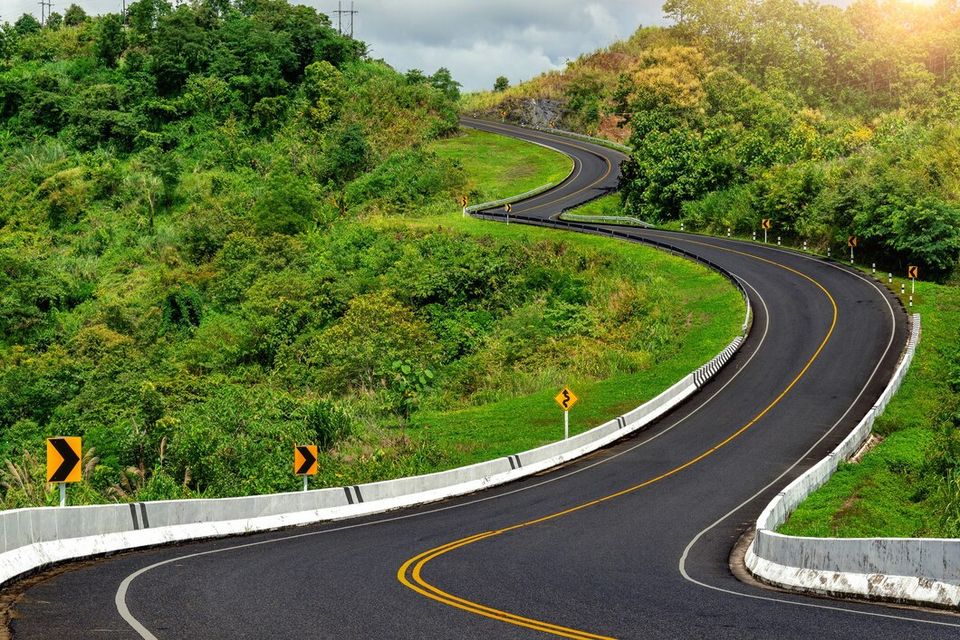Building robust and long-lasting roadways requires a comprehensive approach that addresses the challenges posed by diverse soil conditions. Chemically Stabilized Sub-Grade (CSSG) is an innovative soil improvement technique that enhances the performance, durability, and resilience of roadway infrastructure by modifying the properties of the underlying soil layers. Through the introduction of chemical stabilizers, such as lime, cement, or fly ash, CSSG transforms problematic sub-grade materials into more consistent and stable bases, capable of supporting long-lasting, high-quality pavement structures.
In this in-depth blog, we will delve into the world of Chemically Stabilized Sub-Grade, exploring the benefits and potential applications of CSSG in modern roadway construction projects. We will discuss the various chemical stabilizers available, their unique properties and advantages, and the best practices for implementing effective CSSG solutions. By understanding the science and methodologies behind CSSG, construction professionals can better anticipate and address potential challenges and optimize soil improvement efforts for maximum efficacy and longevity.
1. Understanding Chemically Stabilized Sub-Grade (CSSG)Chemically Stabilized Sub-Grade is a soil improvement technique that involves the incorporation of chemical stabilizers to enhance the properties and characteristics of existing sub-grade materials. The stabilizers react with sub-grade soils, modifying their chemical and physical properties to create a stronger, more consistent, and durable base for roadway infrastructure. The key aspects of CSSG include:
a. Selection of Stabilizers: Chemical stabilizers, such as lime, cement, or fly ash, are chosen based on the specific soil conditions and project requirements.
b. Mixing Process: The stabilizer is thoroughly mixed with the existing sub-grade soil using specialized equipment to ensure a homogenous blend.
c. Compaction and Curing: The treated material is compacted to achieve the desired density and strength, followed by a curing period to facilitate the chemical reactions and stabilization process.
2. Benefits of Chemically Stabilized Sub-Grade for Roadway InfrastructureCSSG offers numerous advantages for roadway projects, including improved performance, enhanced cost-effectiveness, and increased sustainability:
a. Enhanced Soil Properties: CSSG modifies the sub-grade's properties, making it more stable, less susceptible to swelling or shrinkage, and better equipped to handle traffic loads and environmental stresses.
b. Cost Savings: By utilizing existing sub-grade materials, CSSG reduces the need for importing suitable soils or aggregates, lowering overall construction costs.
c. Environmentally Friendly: Chemically stabilizing sub-grades reduces the extraction and transportation of natural resources, lowering the project's environmental footprint.
d. Extends Pavement Life: CSSG creates a robust and reliable foundation, resulting in improved pavement performance and a prolonged service life.
3. Chemical Stabilizers: Characteristics, Applications, and BenefitsThe performance and suitability of CSSG depend on the specific chemical stabilizer used, with different options offering unique benefits:
a. Lime: Lime, when mixed with clayey soils, triggers a pozzolanic reaction that reduces soil plasticity, increases strength, and improves resistance to moisture. Lime is best suited for treating fine-grained, clay-rich soils, enhancing their stability and load-bearing capacity.
b. Cement: Cement, when mixed with sub-grade soils, binds the soil particles together, enhancing strength and reducing water sensitivity. Cement stabilization is most effective in granular soils with low plasticity. The resulting material exhibits increased stiffness, strength, and resistance to deformation.
c. Fly Ash: Fly ash, a byproduct of coal combustion, can be used to promote cementitious reactions in sub-grade soils. When combined with lime or cement, fly ash enhances the strength, stiffness, and durability of CSSG. This material effectively stabilizes fine-grained soils, reducing swelling potential and improving overall performance.
4. Best Practices for Implementing Chemically Stabilized Sub-Grade SolutionsTo ensure optimal CSSG outcomes, it's crucial to adhere to established best practices and proven methodologies:
a. Soil Assessment: Conduct a thorough evaluation of the existing sub-grade soil properties, including particle size distribution, Atterberg limits, and strength characteristics, to determine the most appropriate stabilization method and chemical.
b. Stabilizer Selection and Dosage: Select the ideal chemical stabilizer based on specific soil conditions and project needs, ensuring optimal compatibility and performance. Accurate dosage calculations are critical for achieving the desired results.
c. Mixing and Compaction: Use specialized equipment and techniques for blending the stabilizer and sub-grade materials, followed by proper compaction to attain the required density and strength.
d. Quality Control and Monitoring: Implement rigorous quality control measures, including material testing, monitoring of construction practices, and ongoing performance evaluations, to ensure long-term success and effective CSSG implementation.
Unlocking the Full Potential of Roadways with Chemically Stabilized Sub-GradeChemically Stabilized Sub-Grade offers a revolutionary approach to soil improvement, enabling construction professionals to enhance the performance, durability, and resilience of roadway infrastructure. By understanding the principles, materials, and methodologies behind CSSG, industry leaders can efficiently address diverse soil challenges and optimize infrastructure investments for lasting benefits.
Terra-Firma Stabilization & Reclamation, a leading provider of Asphalt Pulverization, Soil Improvement & Modification, Soil Stabilization, and Full-Depth Reclamation services, partners with clients to deliver tailored, cutting-edge CSSG solutions that drive project success. Discover the transformative power of Chemically Stabilized Sub-Grade and join forces with Terra-Firma Stabilization & Reclamation to capitalize on this innovative technique, ensuring the highest levels of quality, performance, and longevity for your roadway projects. Contact Terra-Firma Stabilization & Reclamation today to learn more about our comprehensive range of expert
soil stabilization services and more and unlock a smarter, greener, and more cost-effective future for your infrastructure endeavors.

